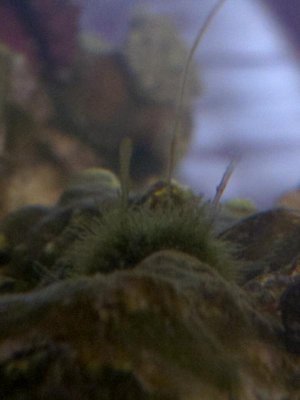adoptaspork
New member
I currently have three separate goniopora in the tank, two neon red (look hot pink) and one lilac.
One of my goni frags had some algae on it which started to grow onto the sides of the coral itself. I do not have a hair algae problem in the tank; it came on the plug. I took tweezers to pull the hairs out, dipped the coral, and let it be thinking that since I don't have algae elsewhere, it would disappear. Months later, it has not. I am uncertain if it is green hair algae or bryopsis. When the algae did not recede, I dipped it again in coral rx. Still no apparent algae recession and it seems to now be making the goni itself less happy. I've read about h2o2 dips but don't know if that would harm my goniopora. Does anyone have a suggestion concerning what to do? The algae free corals are happy.
One of my goni frags had some algae on it which started to grow onto the sides of the coral itself. I do not have a hair algae problem in the tank; it came on the plug. I took tweezers to pull the hairs out, dipped the coral, and let it be thinking that since I don't have algae elsewhere, it would disappear. Months later, it has not. I am uncertain if it is green hair algae or bryopsis. When the algae did not recede, I dipped it again in coral rx. Still no apparent algae recession and it seems to now be making the goni itself less happy. I've read about h2o2 dips but don't know if that would harm my goniopora. Does anyone have a suggestion concerning what to do? The algae free corals are happy.

